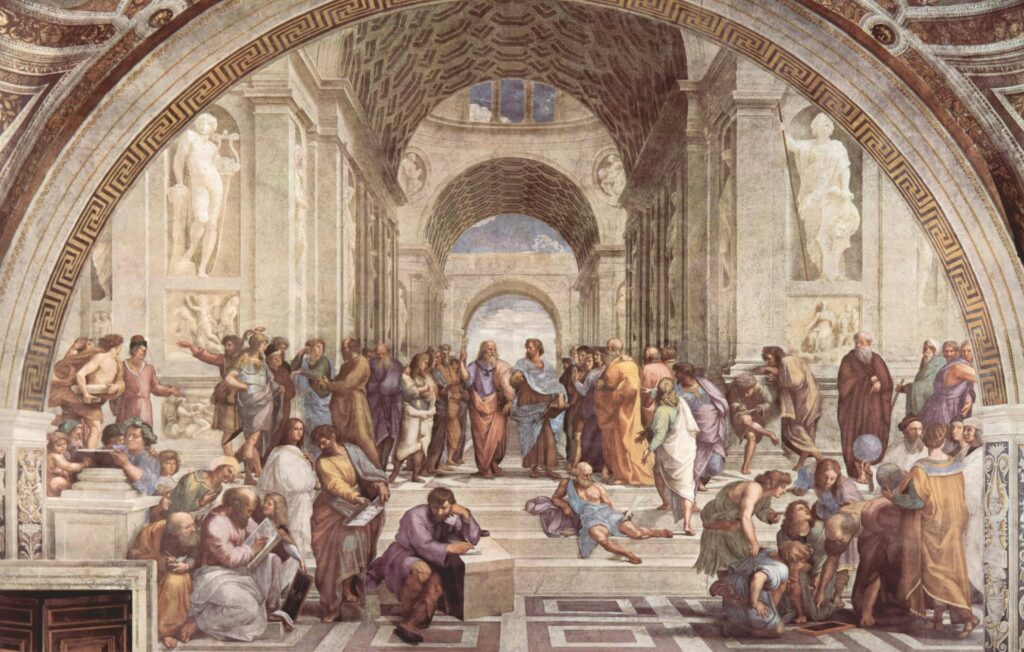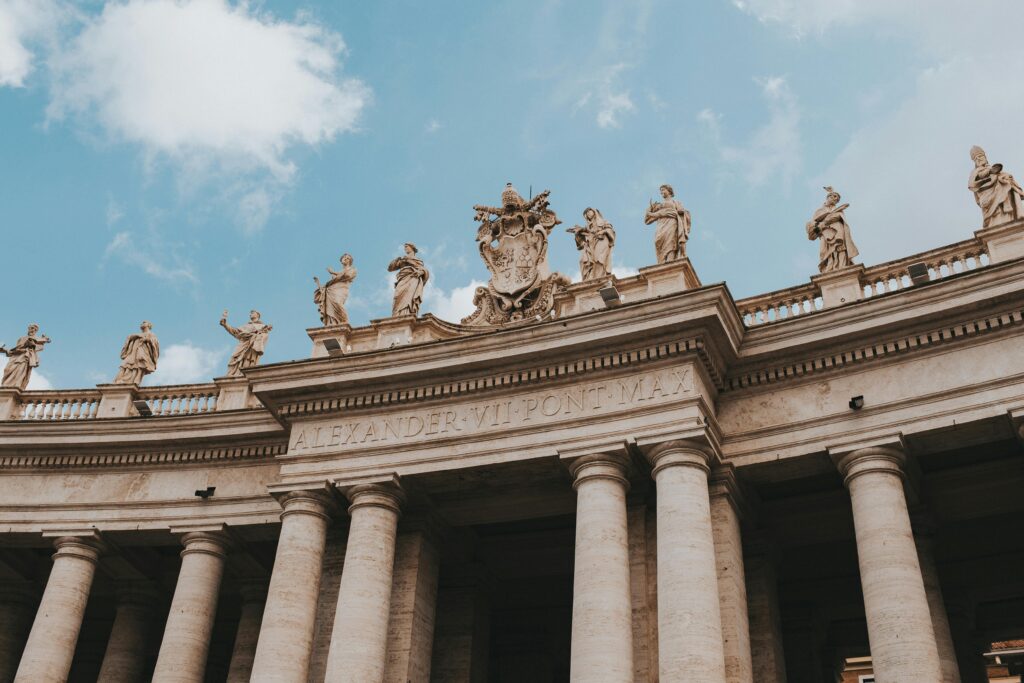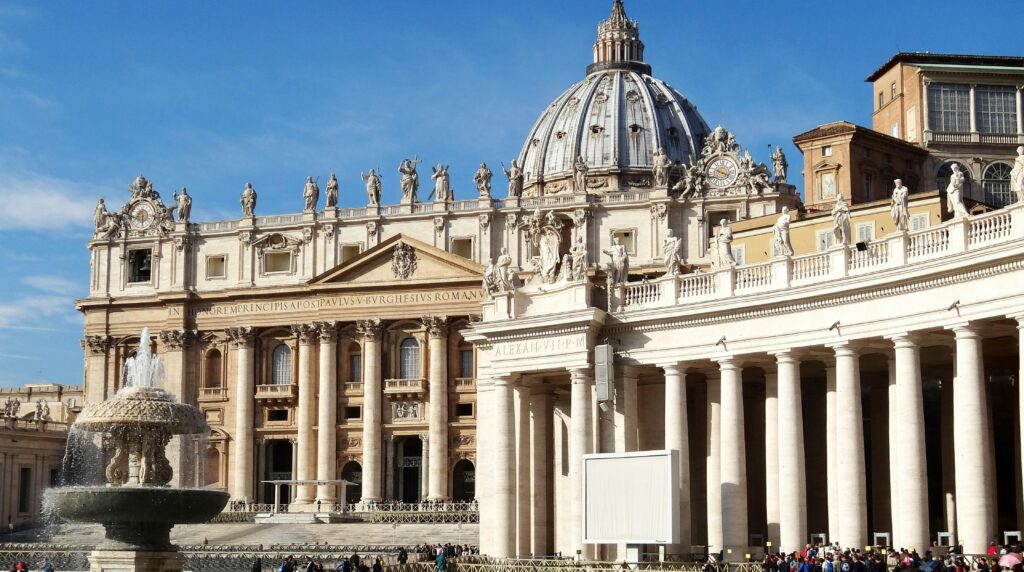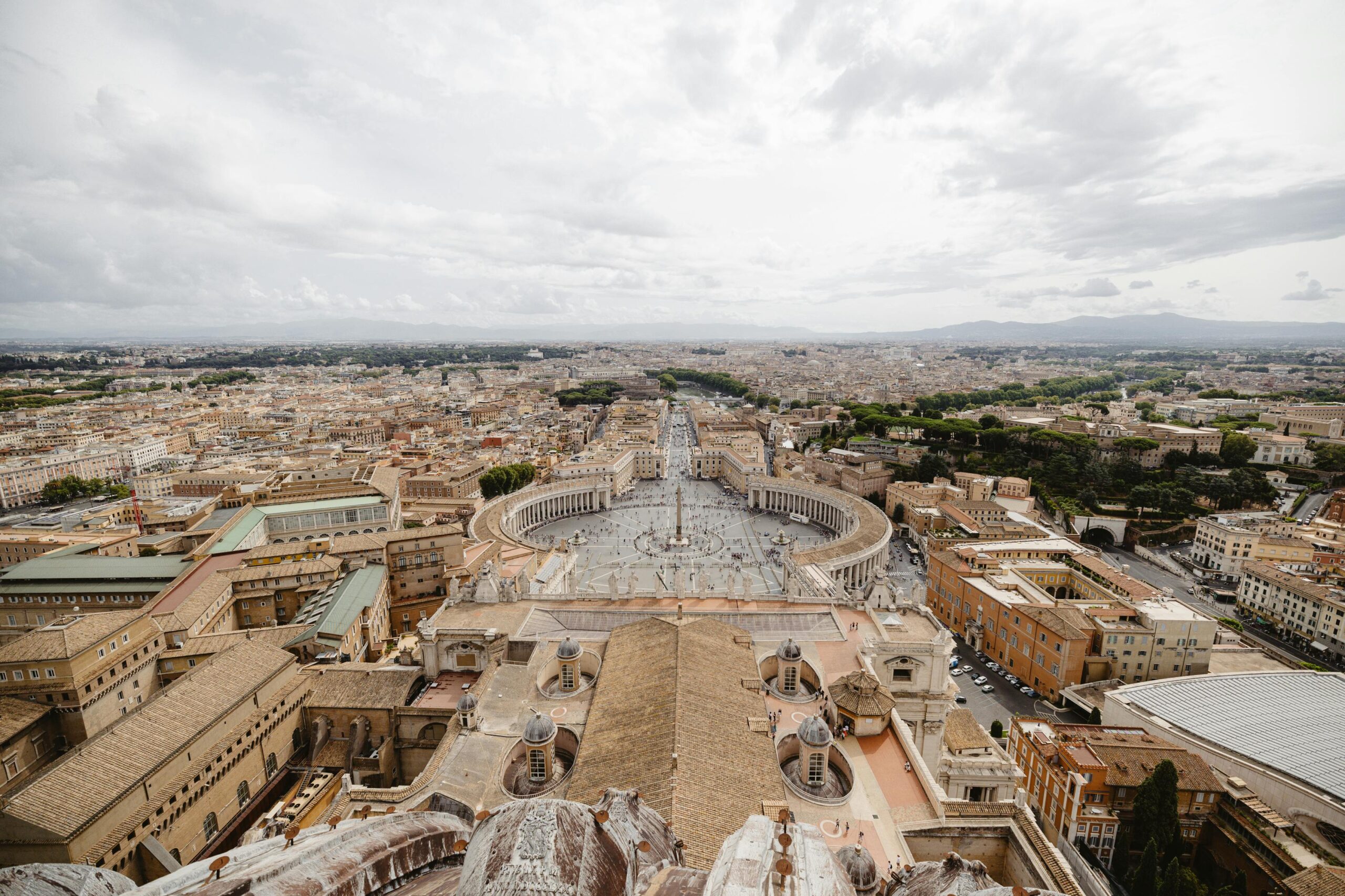With Pope Francis’s passing on April 21, 2025, the Vatican has been preparing for the conclave to elect his successor. Central to this centuries-old tradition is a simple yet powerful signal: smoke rising from the Sistine Chapel’s roof. On May 2, a fresh chimney was hoisted into place—ready to billow black or white smoke and inform the world of the cardinals’ progress.

Vatican Prepares for the Conclave
- Conclave Dates: The gathering of the College of Cardinals begins on Wednesday, May 7, in the Apostolic Palace’s Pauline Chapel; voting sessions take place inside the Sistine Chapel.
- Security and Secrecy: Around 200 cardinals will be sequestered, with enhanced security protocols—including restricted Wi-Fi and phone use—to preserve absolute confidentiality. The chimney installation marks one of the final visible preparations before the doors are ceremonially sealed.
Chimney Installation and Function
- Purpose of the Chimney: After each ballot, cardinals burn their votes in a small stove inside the Chapel’s altar area. Black smoke (“fumata nera”) signals an inconclusive vote; white smoke (“fumata bianca”) announces a successful election.
- Recent Installation: Firefighters carefully mounted the new stainless-steel chimney—and its hinged hood designed to withstand high winds—on the Chapel’s Renaissance-era lead roof on May 2, ensuring a clear, uninterrupted signal.
Historical Origins of Smoke Signaling
- Early Practices: The use of smoke to convey conclave outcomes dates to the 13th century, though initially color distinctions were imprecise. In 1878, Vatican technicians began adding wet straw for black smoke and dry straw for whiter plumes. By the early 20th century, chemical additives and pneumatic ventilation helped standardize the hues.
- Modern Refinements: Today’s system employs eco-friendly chemicals—cardboard impregnated with a proprietary blend—that burn cleanly and produce consistent smoke density and color.
Technical Specifications and Safety Measures
- Materials and Design: The new chimney features a heat-resistant flue, an automated flap mechanism to control airflow, and a maintenance hatch for easy cleaning after each conclave session.
- Reliability Tests: Prior to installation, Vatican engineers conducted wind-tunnel simulations on scale models and live trials with test burns to verify that smoke would be visible from St. Peter’s Square and broadcast feeds without delay.
The Conclave Ritual: Voting and Smoke
- Balloting Process: Cardinals cast paper ballots in two successive urns. A two-thirds majority is required for election.
- Burning the Ballots: After each vote, ballots are incinerated in a copper brazier; the chimney then directs the smoke skyward.
- Global Attention: Television cameras, social-media trackers, and pilgrims in St. Peter’s Square all watch eagerly for the telltale puff of white—signifying a new pontiff.

Broader Significance and Public Engagement
The smoke signal embodies the Vatican’s blend of tradition and transparency: while the deliberations remain secret, the outcome is shared instantly with the faithful. In 2013, smartphone apps first enabled pilgrims worldwide to receive live updates on smoke color. This year, interactive displays in major capitals—from Paris’s Place de la Concorde to Buenos Aires’s Plaza de Mayo—will relay the signal in near real time.
Frequently Asked Questions
Q: Why is a new chimney needed for each conclave?
A: Regular maintenance and environmental wear on the roof necessitate a fresh, corrosion-resistant chimney to ensure reliable smoke emission.
Q: What chemicals ensure the smoke is visible?
A: The Vatican uses specially treated cardboard with eco-friendly oxidizers that produce dense, uniformly colored smoke without toxic byproducts.
Q: How long does each smoke plume last?
A: Typically, emissions last 10–15 seconds—repeated three times for clarity—so spectators can confirm the vote outcome.
Q: Can weather conditions affect visibility?
A: Yes. Strong winds or heavy rain can disperse smoke quickly; the chimney’s hood and flue design mitigate wind effects, and additional chemical load is used if rain is forecast.
Q: How do people around the world track the smoke?
A: Vatican media services stream live video; official Vatican apps send push notifications; major news outlets provide continuous coverage.
Q: Who oversees the smoke-signaling process?
A: The Prefecture of the Papal Household coordinates with Vatican engineers and the Swiss Guard to manage ballot burning and chimney operation.
Q: What happens if smoke fails to appear?
A: Backup signals include bell tolls in St. Peter’s Square and coded announcements to embassies accredited to the Holy See.
Q: Is the smoke signal used for anything else?
A: No—this ritual is exclusive to papal elections, underscoring its sacred and historical significance.
Q: How many conclaves have used the current system?
A: Since chemical additives were standardized in 1939, six conclaves have relied on the modern smoke-signaling method.
Q: Will this conclave be broadcast inside the Sistine Chapel?
A: No; cameras remain outside. The smoke serves as the only visual confirmation of results inside.

Conclusion
The installation of the new chimney atop the Sistine Chapel is more than a technical update—it is a symbolic bridge between ancient ritual and modern communication. As the cardinals prepare to cast their ballots beginning May 7, the world will watch the sky above St. Peter’s Square, awaiting that first wisp of smoke that heralds a new leader for the Roman Catholic Church.
Sources Fox News


